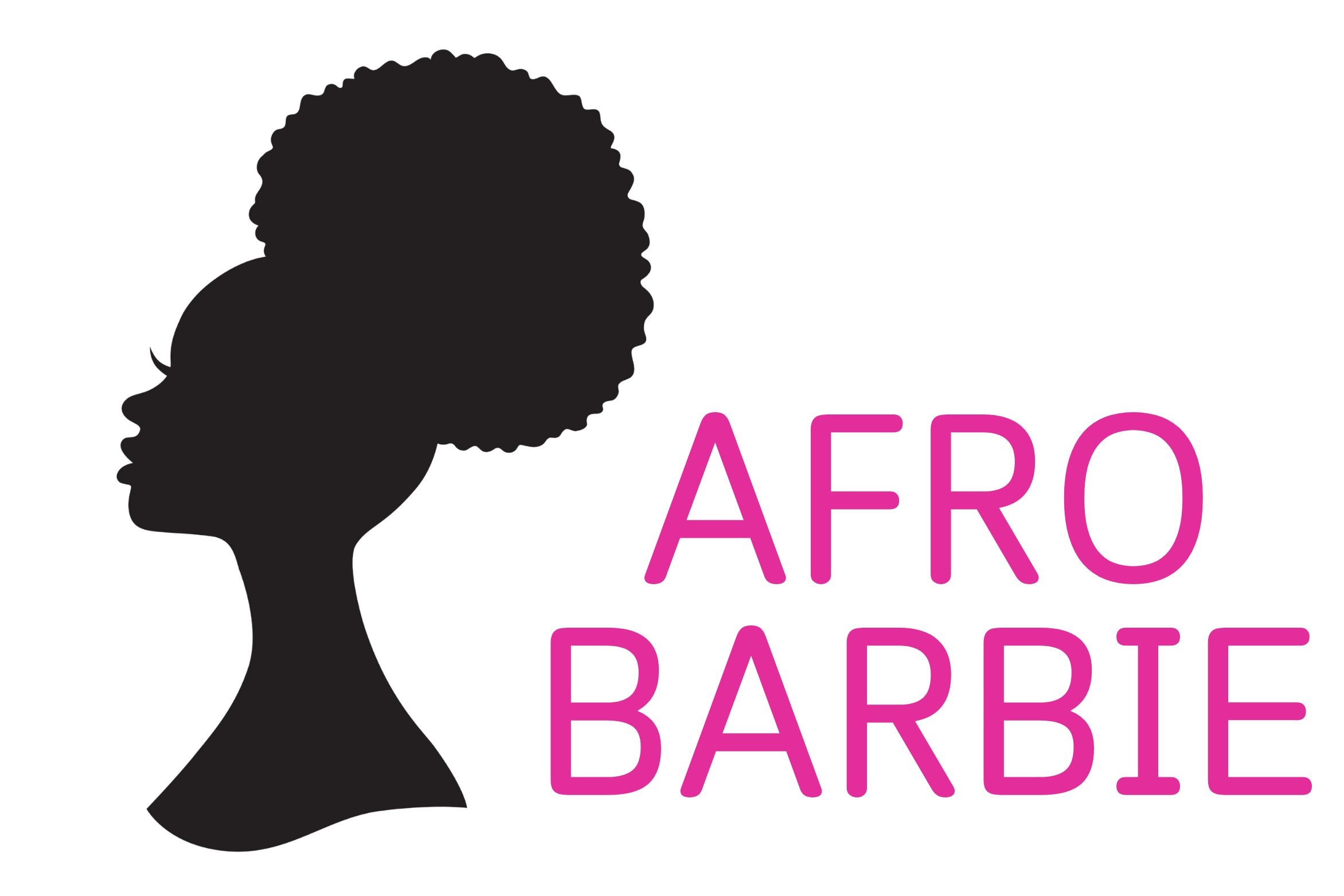Have you ever wondered why some people have straight hair while others have curly or wavy hair? The answer lies in the science of hair types. In this blog post, we will explore the different hair types and the factors that determine them. So, let's dive into the fascinating world of hair!
What is Hair?
Hair is a protein filament that grows from follicles found in the dermis, or the inner layer of the skin. It is composed mainly of a protein called keratin, which is also found in our nails and skin. The shape and structure of the hair shaft determine its type.
Understanding Hair Types
Hair types are classified into four main categories: straight, wavy, curly, and coily. These categories are further divided into subcategories based on the diameter of the hair shaft. Let's take a closer look at each type:
Straight Hair

Straight hair is characterized by a smooth and sleek appearance. The hair shaft is round, and the sebum produced by the scalp easily travels down the hair shaft, making it naturally shiny. Straight hair tends to be more oily than other hair types.
Wavy Hair

Wavy hair has a slight "S" shape and falls between straight and curly hair. The hair shaft is oval, which allows for some natural volume. Wavy hair is prone to frizz and can be more susceptible to damage from heat styling.
Curly Hair

Curly hair has a distinct spiral or corkscrew shape. The hair shaft is more elliptical, causing the hair to curl. Curly hair tends to be drier and more prone to breakage. It requires extra moisture and care to maintain its shape and prevent frizz.
Coily Hair

Coily hair, also known as kinky or afro-textured hair, has tight curls or coils. The hair shaft is flat and has more twists and turns than curly hair. Coily hair is the most fragile and prone to dryness. It requires regular moisturizing and gentle handling to prevent breakage.
Factors Affecting Hair Type
Several factors influence hair type, including genetics, hormones, and environmental factors. Genes play a significant role in determining hair type, as they determine the shape of the hair follicle. Hormones, such as androgens, can also affect hair type and texture. Additionally, environmental factors like humidity and heat can alter the appearance of hair.
Caring for Different Hair Types
Understanding your hair type is essential for proper hair care. Each hair type has specific needs and requires different products and styling techniques. For example, straight hair may benefit from volumizing products, while curly hair may require extra moisture and anti-frizz products.
It's important to choose hair care products that are specifically formulated for your hair type. Regularly washing and conditioning your hair, along with gentle handling and protecting it from heat and environmental damage, can help maintain healthy and beautiful hair.
In Conclusion
Understanding hair types is not only fascinating but also crucial for proper hair care. Whether you have straight, wavy, curly, or coily hair, knowing your hair type can help you choose the right products and techniques to keep your hair looking its best. Embrace the uniqueness of your hair type and enjoy the journey of discovering what works best for you!


Share and get 15% off!
Simply share this product on one of the following social networks and you will unlock 15% off!